Tourist crowds often serve as validation, convincing travelers that popular destinations must be worth the visit. Yet some of the most authentic, transformative travel experiences happen far from the well-worn paths where tour buses congregate.
Throughout the world, overlooked cities quietly preserve cultural traditions, architectural treasures, and culinary delights without the tourism infrastructure that can simultaneously promote and diminish a destination’s character. Here is a list of 16 countries where the least visited city offers experiences that surpass their famously crowded counterparts, providing travelers willing to venture beyond guidebook recommendations with deeper connections to local culture and fewer tourists to share them with.
Évora, Portugal
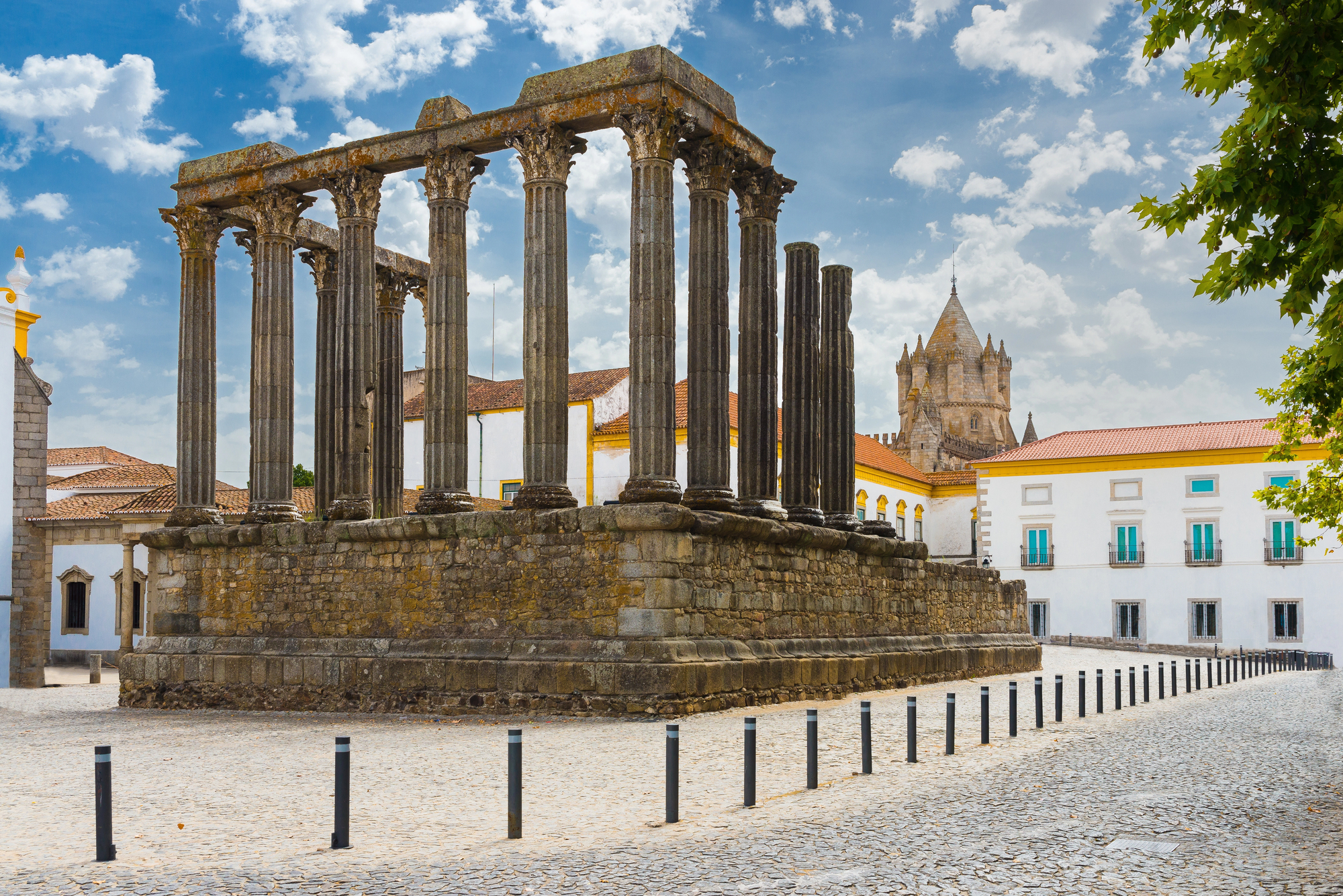
While tourists flock to Lisbon and Porto, the ancient walled city of Évora in Portugal’s Alentejo region offers a more authentic glimpse into Portuguese history without the crowds. The city’s remarkably preserved Roman temple, medieval cathedral, and eerie Chapel of Bones provide historical depth spanning millennia.
Évora’s surrounding region produces some of Portugal’s finest wines and olive oils, creating a culinary scene that locals prefer to Lisbon’s increasingly tourist-oriented restaurants.
Kanazawa, Japan

Kyoto struggles under the weight of tourism, while Kanazawa preserves similar traditional architecture and cultural experiences with a fraction of the visitors. The city’s Kenroku-en garden ranks among Japan’s three most beautiful landscape gardens, while its preserved samurai and geisha districts remain genuinely inhabited rather than merely preserved as museums.
Kanazawa’s gold leaf production tradition continues today, resulting in everything from gold-flecked ice cream to masterful traditional crafts unavailable elsewhere.
Trieste, Italy
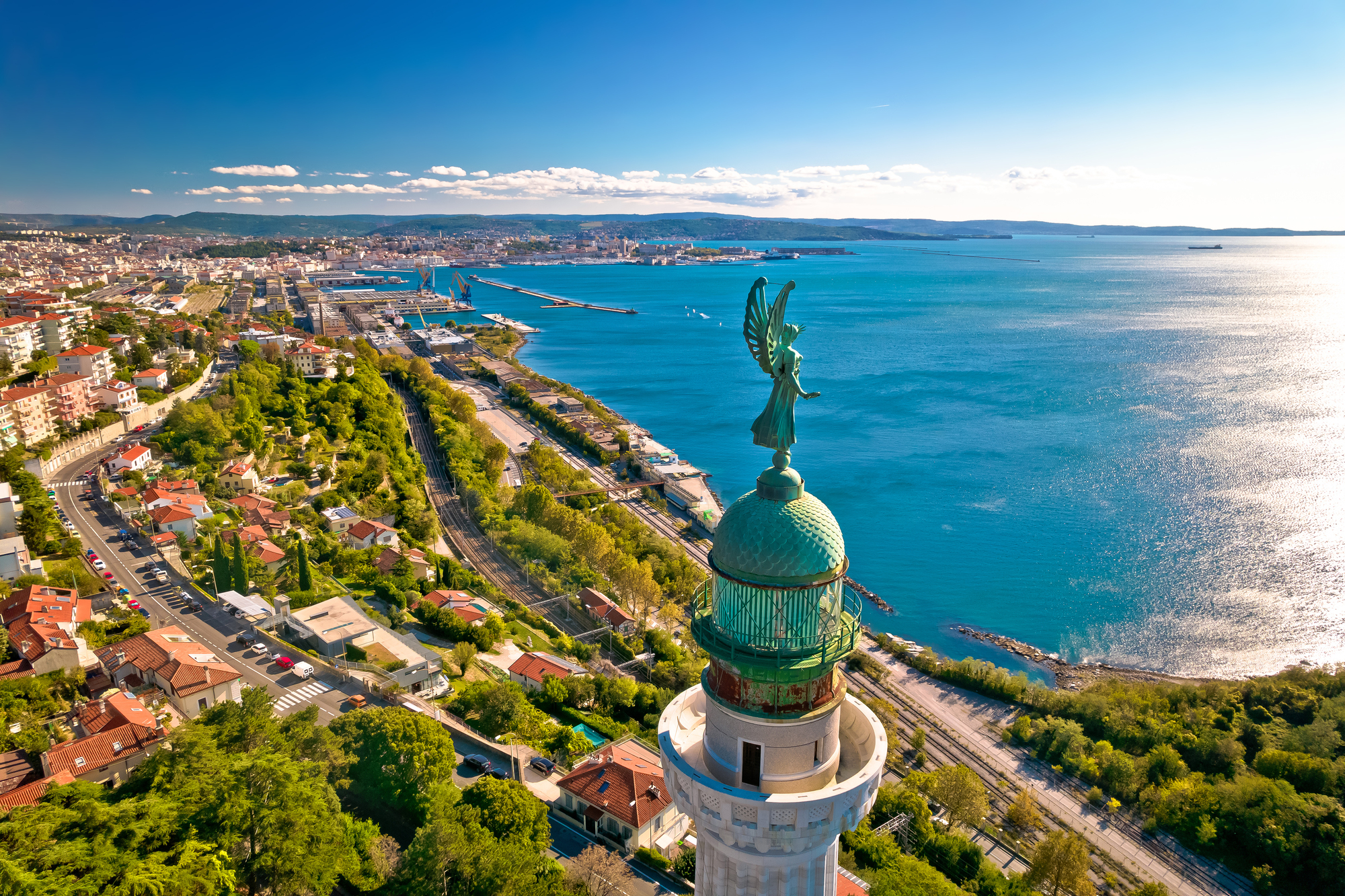
Venice sinks beneath tourist numbers while nearby Trieste offers similar architectural splendor influenced by its unique position at the crossroads of Latin, Germanic, and Slavic cultures. The city’s literary heritage, having attracted writers from James Joyce to Jan Morris, resonates through its historic coffee houses, where intellectual discussions still flourish daily.
Trieste’s dramatic position between limestone cliffs and the Adriatic Sea creates views that rival the Amalfi Coast without requiring reservations months in advance.
Like Travel Pug’s content? Follow us on MSN
Mardin, Turkey
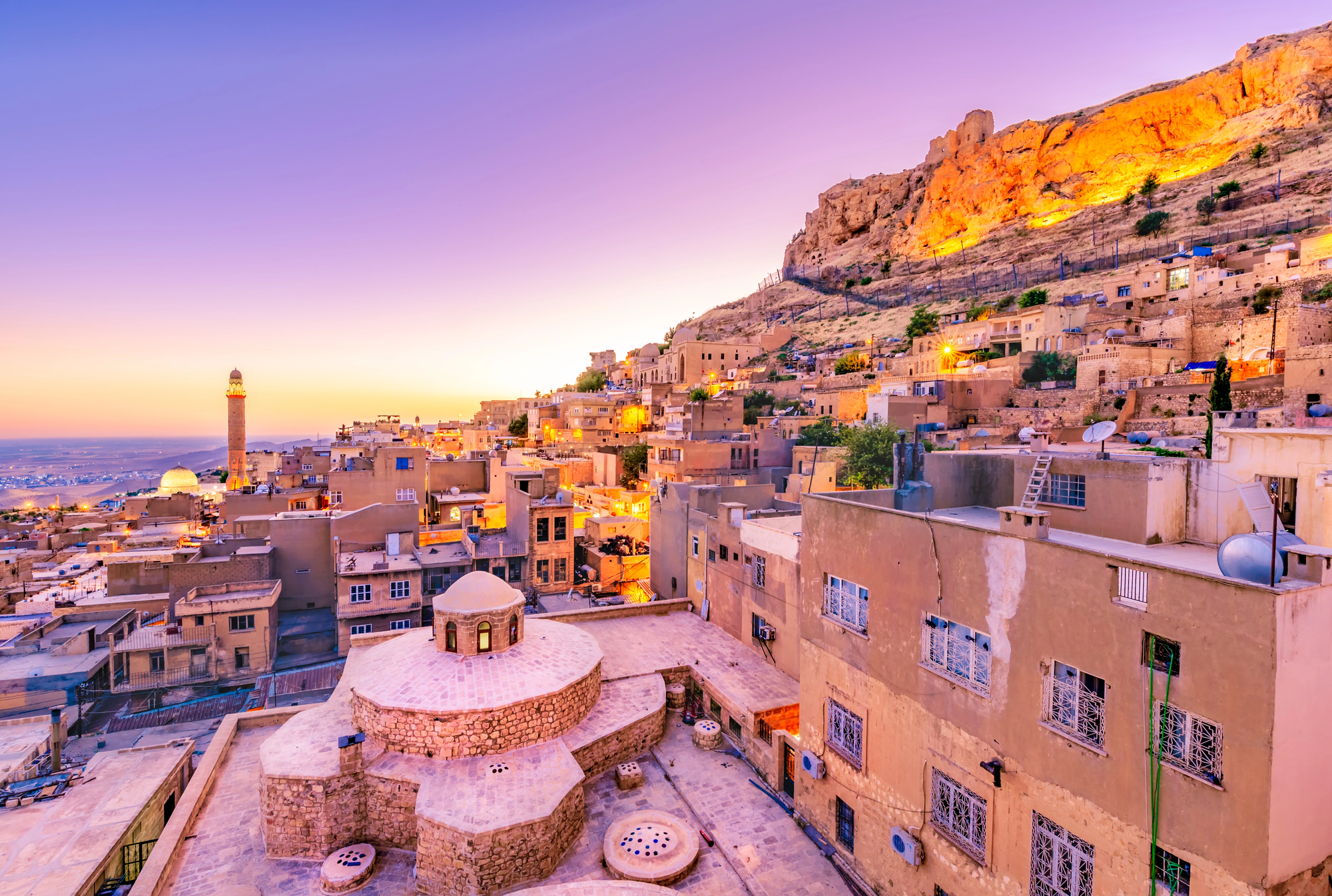
Istanbul’s grand mosques draw millions, while ancient Mardin offers equally impressive architecture with virtually no international tourists. The city’s honey-colored stone buildings cascade down a hillside overlooking the Mesopotamian plains, creating a living architectural museum spanning centuries of Syriac, Kurdish, Arab, and Turkish influences.
Mardin’s silver craftsmanship tradition continues in family workshops where techniques remain unchanged for generations, producing unique pieces impossible to find in Istanbul’s tourist-oriented Grand Bazaar.
Arequipa, Peru
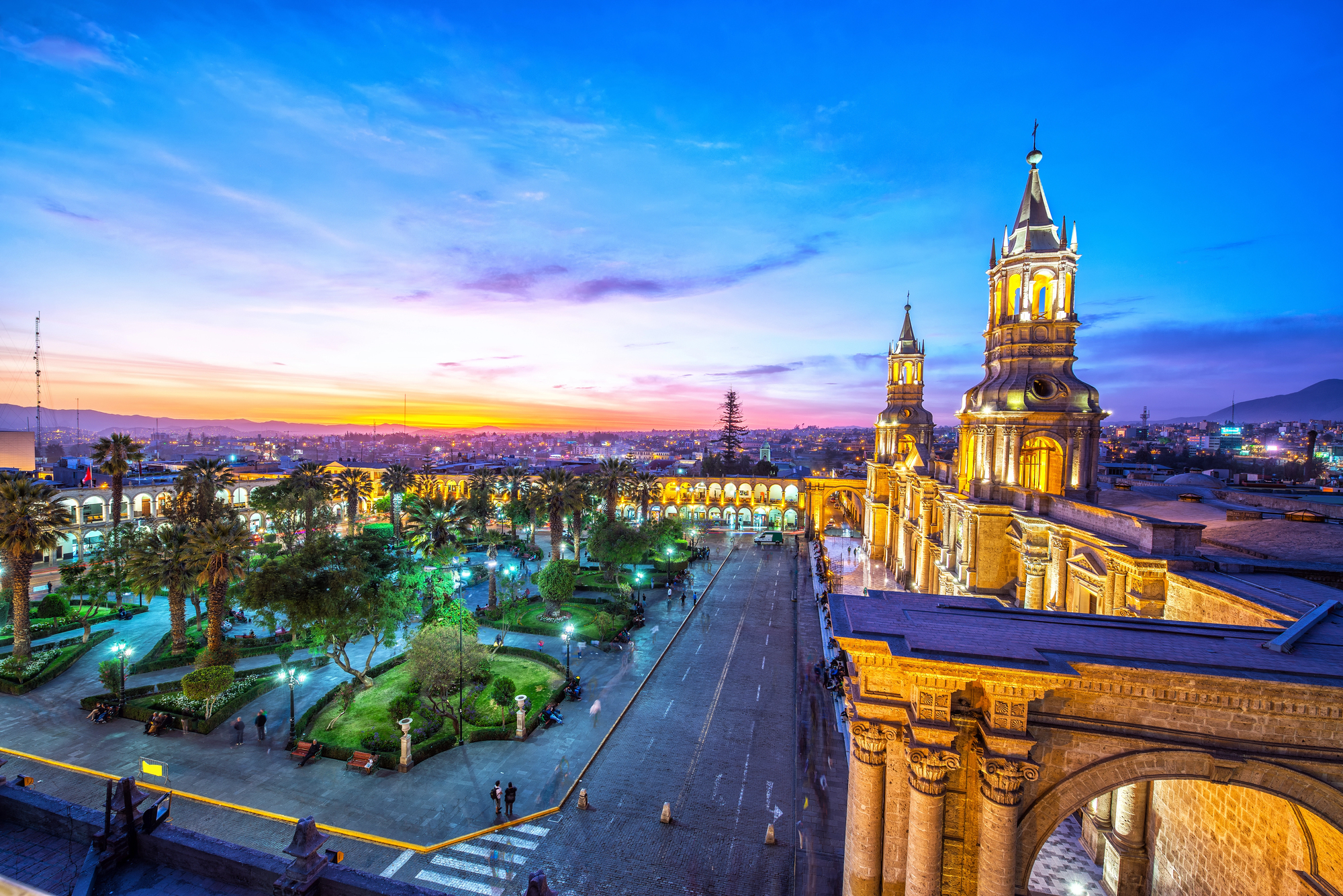
Machu Picchu’s tickets sell out months ahead, while Arequipa offers equally impressive architecture and cultural depth with walk-up access. The city’s historic center, built from white volcanic sillar stone, earned UNESCO World Heritage status for its unique blend of European and indigenous architectural elements.
Arequipa’s location near spectacular natural attractions, from the Colca Canyon to El Misti volcano, provides natural grandeur matching Cusco’s Sacred Valley without requiring expensive guided tours.
Dijon, France
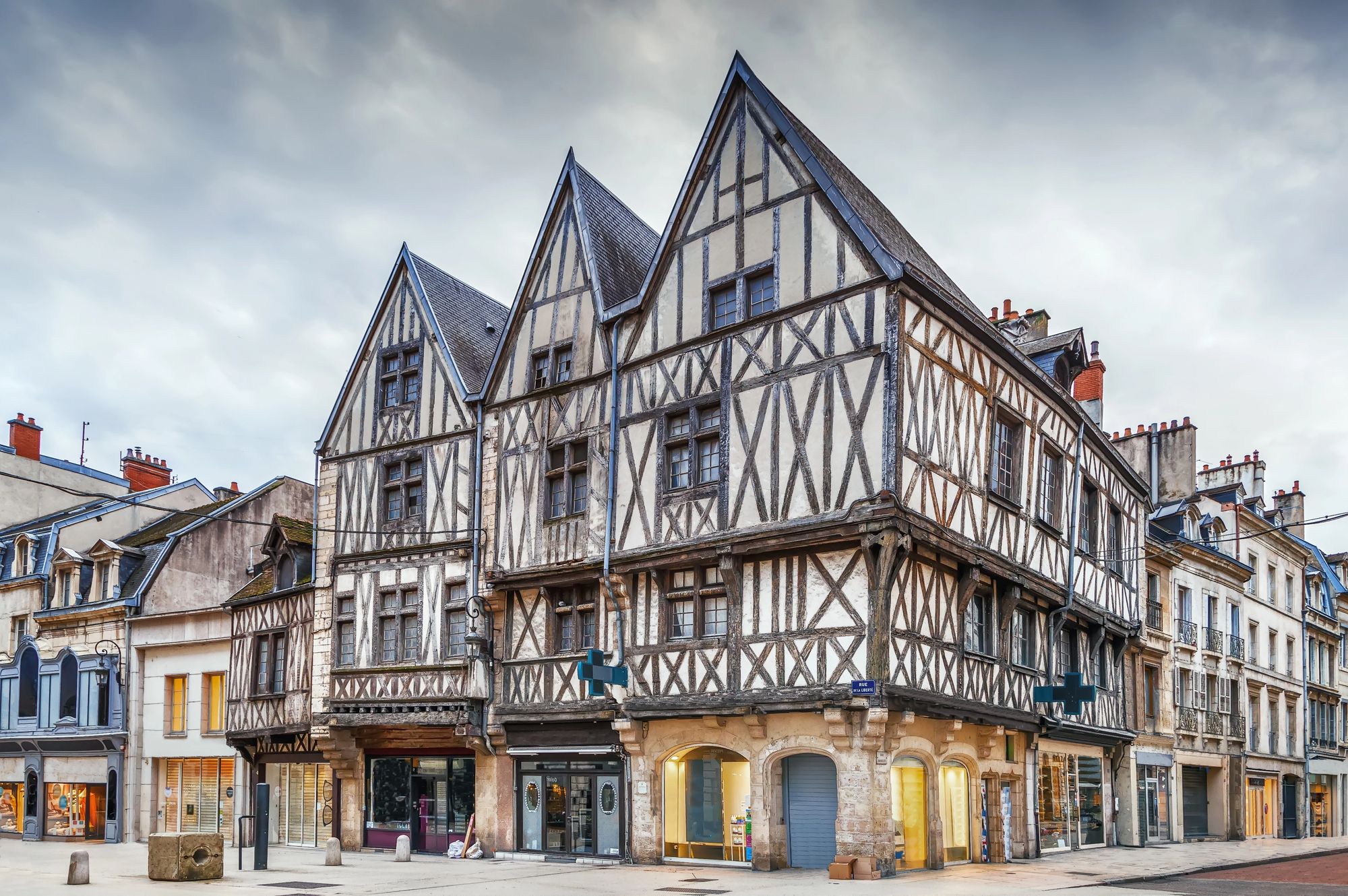
Paris faces overtourism, while Dijon maintains similar architectural grandeur and culinary prominence without the international crowds. The city’s pedestrian-friendly historic center preserves medieval and Renaissance buildings along the Ducal Palace Route, offering a concentrated architectural timeline spanning centuries.
Dijon sits at the gateway to Burgundy’s legendary vineyards, providing wine-tasting opportunities superior to anything available in the capital without requiring advance reservations or premium fees.
Like Travel Pug’s content? Follow us on MSN
Guanajuato, Mexico

Cancún attracts millions of international visitors, while Guanajuato offers a more authentic cultural experience in a setting equally visually stunning. The city’s rainbow-colored buildings cascade down steep hillsides into a valley originally built without streets, creating a pedestrian paradise of tunnels, alleyways, and plazas.
Guanajuato’s international reputation for arts, particularly during its annual Cervantino Festival, attracts Mexican rather than international visitors, maintaining its authentic character despite growing recognition.
Tétouan, Morocco
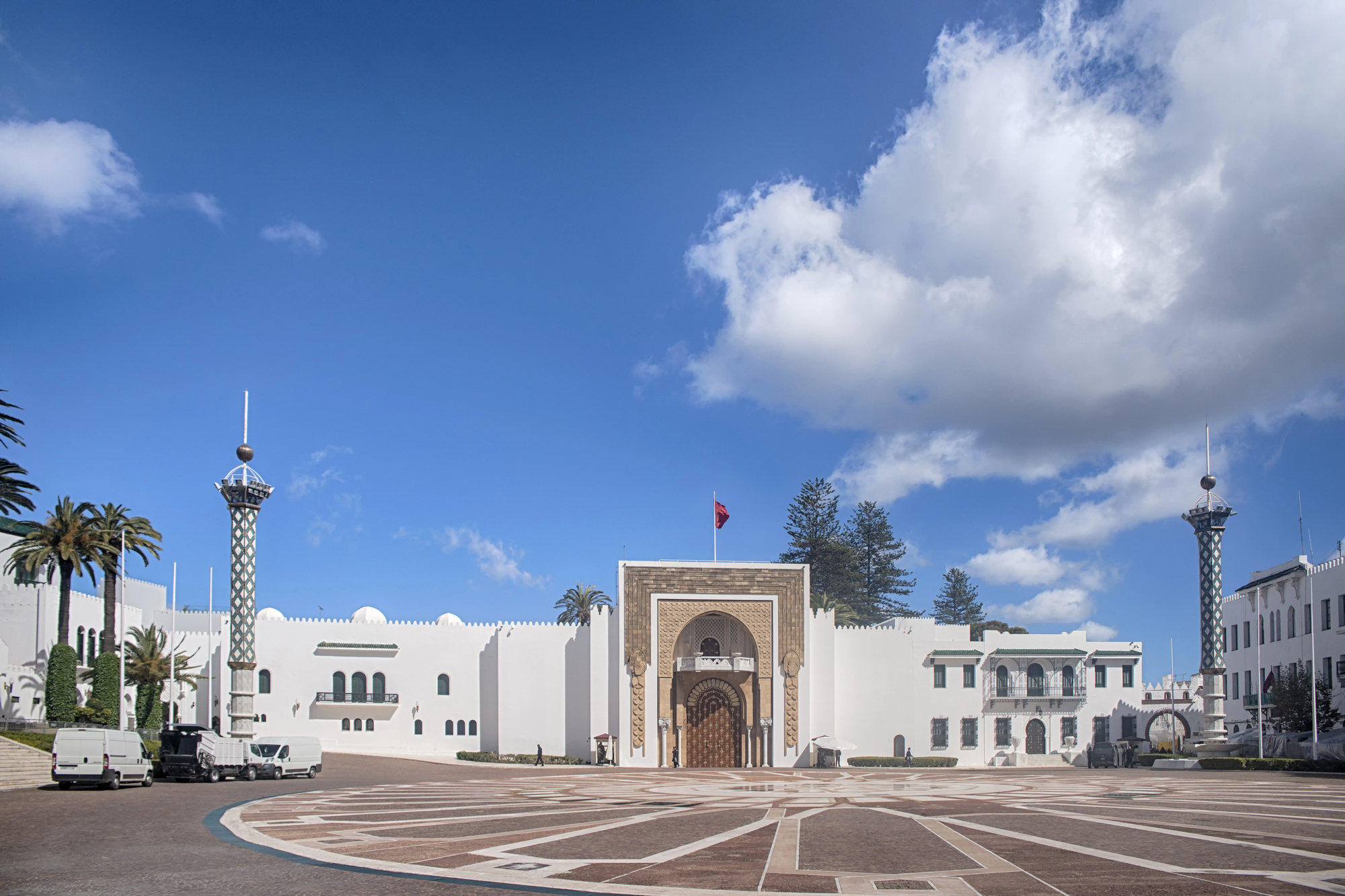
Marrakech struggles with tourist crowds, while Tétouan preserves similar architectural splendor and cultural traditions with minimal international visitation. The city’s medina, a UNESCO World Heritage site, maintains architectural elements showing Spanish Moorish influence unavailable elsewhere in Morocco.
Tétouan’s position between the Mediterranean Sea and the Rif Mountains creates dramatic natural backdrops for its whitewashed historic center, rivaling Morocco’s other imperial cities without the aggressive haggling that tourists often experience.
Pingyao, China
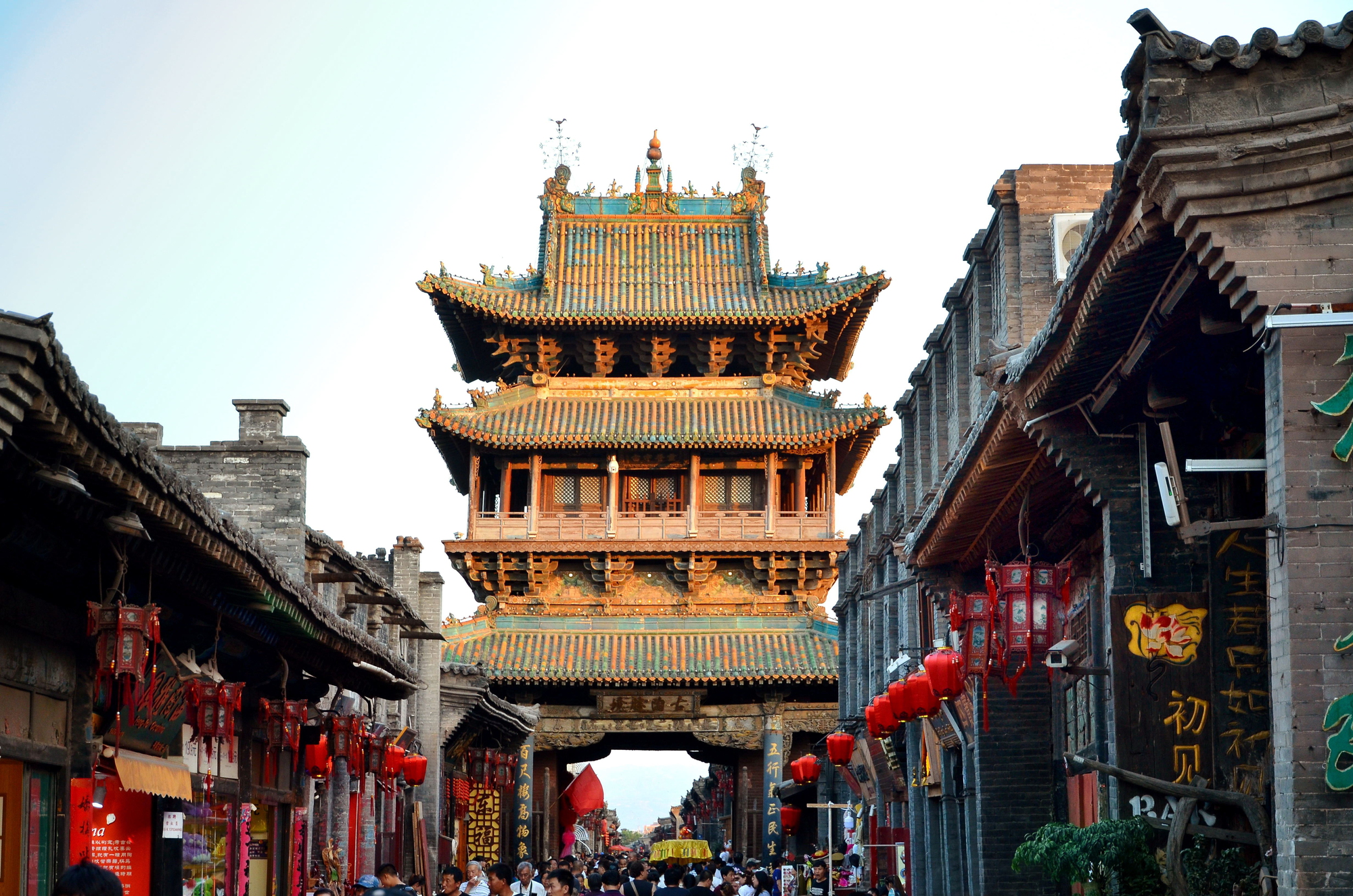
Beijing’s Forbidden City requires advance ticketing, while ancient Pingyao offers an equally well-preserved glimpse into China’s imperial past without the crowds. The city’s intact Ming and Qing dynasty urban planning and architecture earned UNESCO recognition as China’s best-preserved ancient walled city.
Pingyao’s historic financial district contains China’s first banks, providing a fascinating insight into the country’s commercial development that most international visitors completely miss in favor of more famous but less authentic sites.
Like Travel Pug’s content? Follow us on MSN
Zadar, Croatia

Dubrovnik drowns in Game of Thrones fans, while Zadar offers similar coastal beauty and historic architecture with room to breathe. The city’s unique Sea Organ and Sun Salutation installations create natural music and light shows using only waves and sunshine, offering artistic experiences completely absent in Croatia’s more visited destinations.
Zadar’s position near national parks, including Kornati and Krka, provides easy access to natural attractions that require complicated transportation arrangements from Dubrovnik or Split.
Cáceres, Spain

Barcelona faces overtourism protests, while medieval Cáceres preserves architectural treasures spanning Roman, Moorish, Gothic, and Renaissance periods without souvenir shops at every turn. The city’s Old Town, a UNESCO World Heritage site, features towers and fortresses from Muslim and Christian rulers, creating a visual timeline of Spanish history more comprehensive than more famous destinations.
Cáceres’ location in Extremadura, Spain’s least visited region despite its cultural and culinary significance, ensures authentic experiences increasingly rare in the country’s coastal destinations.
Popayán, Colombia
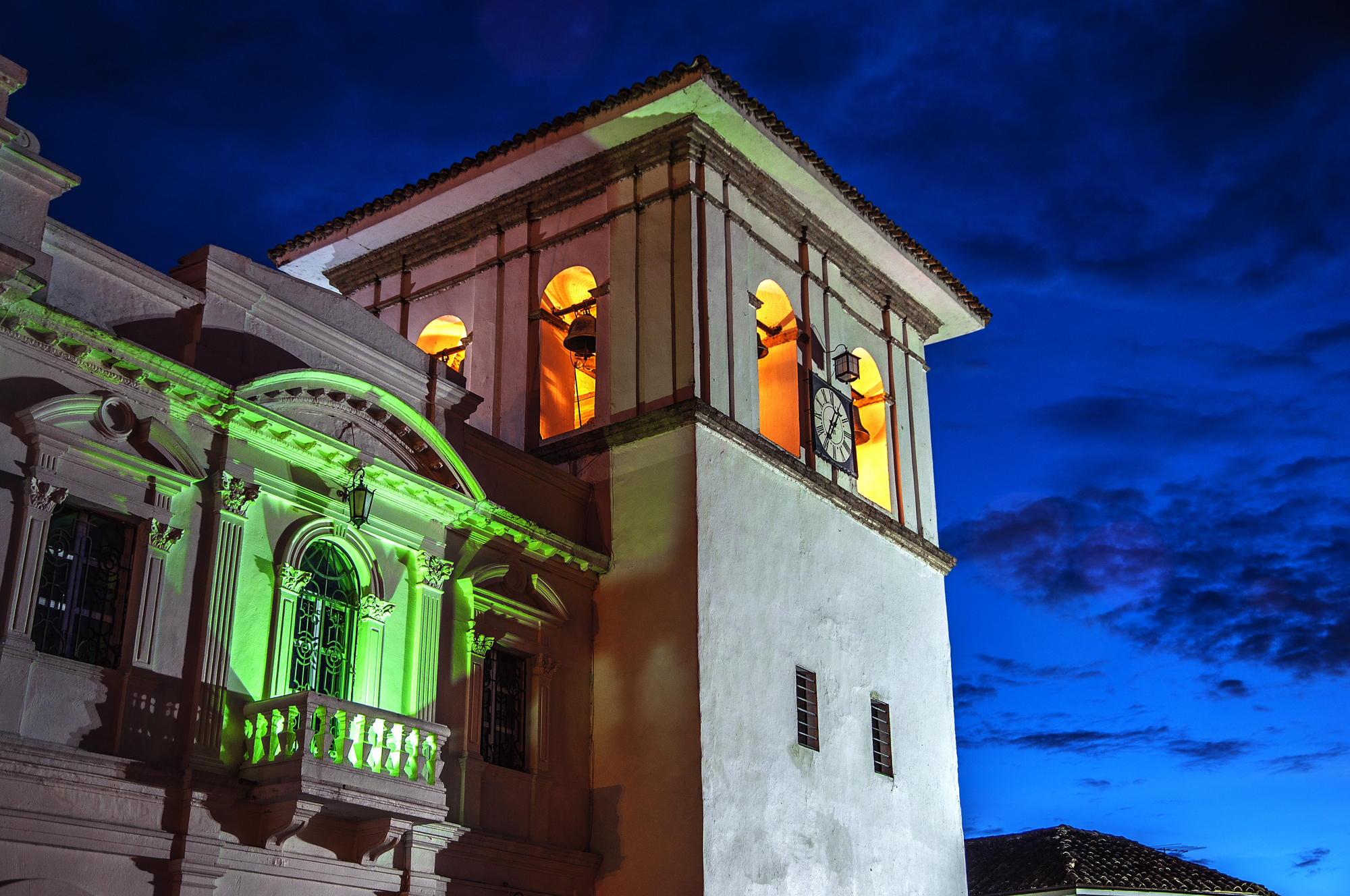
Cartagena’s colonial center fills with cruise ship passengers while equally historic Popayán offers authentic cultural experiences with minimal international tourism. The city’s pristine white colonial architecture earned it the nickname ‘La Ciudad Blanca’ (The White City), creating a visual cohesiveness rare in Latin America. Popayán’s UNESCO recognition as a City of Gastronomy celebrates its unique culinary traditions that blend indigenous, Spanish, and African influences into dishes unavailable elsewhere in Colombia.
Like Travel Pug’s content? Follow us on MSN
Orchha, India
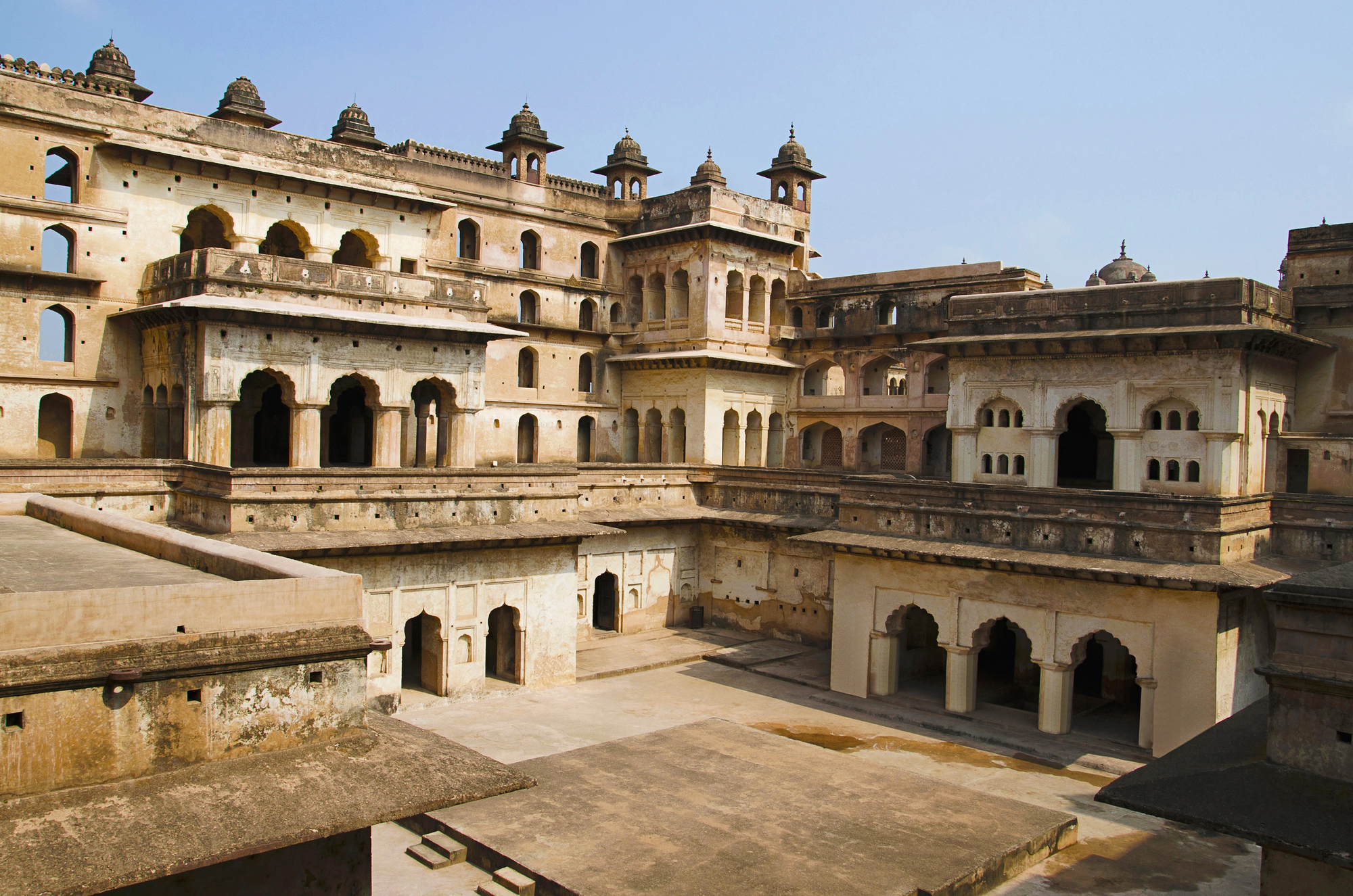
Agra’s Taj Mahal draws international crowds, while nearby Orchha preserves equally impressive Mughal and Bundela architectural masterpieces without the aggressive touts. The small town’s palace complex and cenotaphs rise dramatically alongside the Betwa River, creating postcard-worthy views without other tourists in your photos.
Orchha’s limited development means genuinely rural experiences remain possible just minutes from its historic center, providing glimpses into traditional Indian life increasingly staged elsewhere for tourism purposes.
Görlitz, Germany

Munich’s historic center swells with tourists while Görlitz preserves perhaps Europe’s most intact historical architecture through a historical accident – poverty after WWII prevented modernization. The city’s buildings span 500 years of architectural history, creating such a perfect historical setting that filmmakers use it as a backdrop for movies set across Europe, from Paris to Amsterdam.
Görlitz’s position on the Polish border creates a fascinating cultural blend absent in Germany’s more homogenized tourist destinations.
Ioannina, Greece
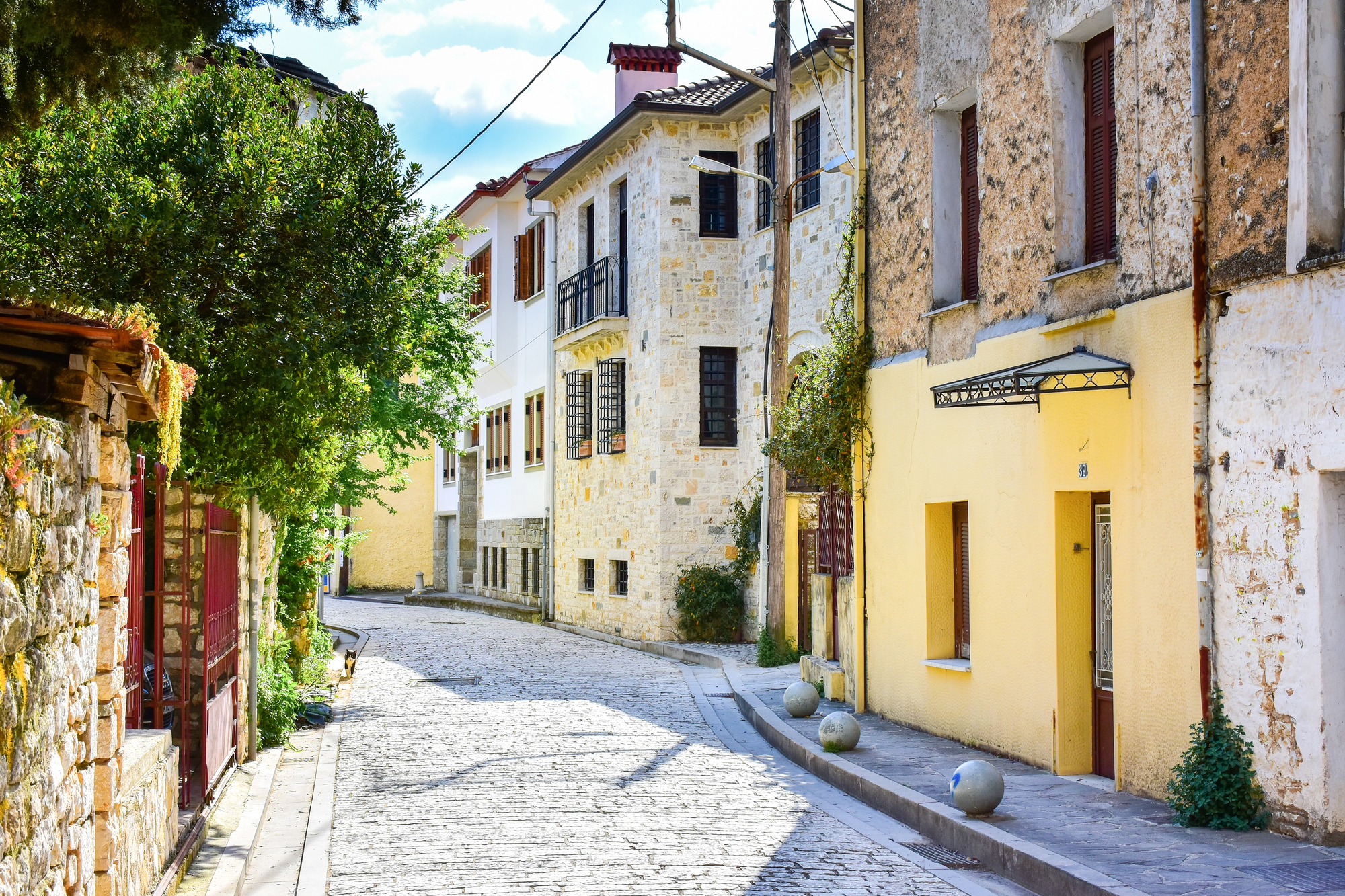
Santorini struggles with overtourism, while Ioannina offers equally dramatic landscapes combining mountains and water without requiring advance reservations. The city’s position alongside Lake Pamvotida, with an inhabited island accessible by a short boat ride, creates views rival to coastal destinations. Ioannina’s multicultural history encompassing Byzantine, Ottoman, and Jewish influences results in architectural and culinary traditions entirely distinct from Greece’s island destinations.
Like Travel Pug’s content? Follow us on MSN
Kon Tum, Vietnam

Ha Long Bay tours operate at capacity, while Kon Tum in the Central Highlands offers equally spectacular natural scenery with virtually no international tourism. The city’s position among Vietnam’s indigenous minority groups provides cultural encounters impossible in the country’s more developed regions.
Kon Tum’s French colonial buildings blend with traditional Bahnar communal houses and modern Vietnamese structures, creating an architectural mixture representing Vietnam’s complex historical influences better than more visited cities.
Beyond the Crowds

The true magic of these underappreciated destinations extends beyond mere crowd avoidance into fundamentally different travel experiences. These cities offer connections with local residents still genuinely curious about foreign visitors, restaurants serving authentic regional cuisine rather than international menus, and cultural experiences that exist for community rather than tourism purposes.
The least visited often become the most authentic, providing windows into cultural traditions and daily life that are increasingly difficult to access in famous destinations. For travelers willing to venture beyond Instagram’s most geotagged locations, these overlooked cities offer rewards that crowded landmarks simply cannot provide – the feeling of discovering something precious rather than simply checking it off a list.
More from Travel Pug

- Cities Growing so Fast You Won’t Recognize Them in 10 Years
- 13 Destinations Where Tourists Regularly Regret Their Trip
- 20 Obscure WWII Sites Even History Buffs Don’t Know About
- 10 Under-the-Radar Mountain Towns That Are Both Affordable and Beautiful
- Remote Villages in Europe Where You Can Live for Free in Exchange for Work
Like Travel Pug’s content? Follow us on MSN
